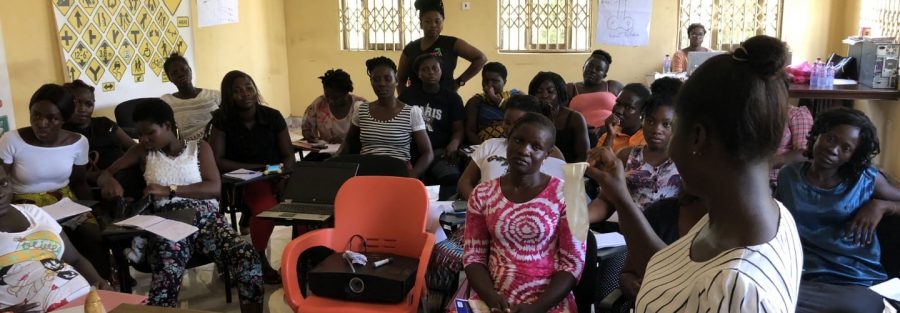Quite a good number of adolescents, both in developed and developing countries, use contraceptives, yet, many myths and misconceptions surrounding the usage of contraceptives persist. This, consequently, put uninformed adolescents at risk of unplanned pregnancies and sexually transmitted infections due to the non-usage of contraceptives based on these myths and misconceptions.
An analysis of the Demographic Health Survey Data (2008) from 35 countries revealed that the effects of use, and health concerns, were the highest reasons for the non-use of contraceptives by some women and girls.
Myths and misconceptions mainly arise from perceived side effects of use, which include weight gain or loss, excessive bleeding, seizure of menstrual or period flow, etc.; perceived ineffectiveness of contraceptives which include the myth that you can get pregnant if you use a condom; and peers or partner-related misinformation which includes discomfort or irritation from using condoms, infertility caused by implants or IUDs, etc. Misinformation is mainly spread by friends and family who share their experiences of using a particular contraceptive. However, most people have either less or no knowledge of contraceptive use or how the various types differ.
There is a need to focus on providing correct information about contraceptive use to adolescents. Once adolescents can understand the information provided, myths and misconceptions are erased.
We need to create an explanation to replace myths and misconceptions. Myths are beliefs of things that exist, so it is always necessary to explain why that myth exists and then give the best explanation that can replace that myth. For example, there is a myth that you can get pregnant even if you use a condom. An SRHR advocate must explain to the adolescent that she can get pregnant if the condom used tears or removes during intercourse. This way, the adolescent will understand why that myth exists and replace it with the truth they’ve learnt.
Education and information on contraceptive use for adolescents must be simple. Basic information about contraceptives, such as the proper use of contraceptives, the appropriate one for whoever is using and the possible side effect or effects must be shared with adolescents. Complex and highly detailed information may end up confusing adolescents.
Pictorial or graphic representations of truths on contraceptive use could be helpful since it is easier for adolescents to remember the information contained in pictures. An adolescent faced with a myth or misconception can remember the pictorial or graphic communication and debunk the myth or misconception.
Education and information on contraception use can also be delivered through the most trusted sources for adolescents. Adolescents are known to trust their peers or friends much better than others. Training a generation of adolescents to be Adolescent Health Champions, armed with accurate information about their sexual and reproductive health and rights, will be the perfect facilitators for educating other adolescents.
Ideas and emotions that trigger or fuel misconceptions can be identified and blocked to prevent the flow of these misconceptions. These could be blocked by intensifying the release of accurate information about contraceptive use. Once there is a flow of accurate information, misconceptions won’t be capable of creating fear.
Adolescents must be assured that myths and misconceptions are false information fabricated to look like reality. They must be encouraged to visit a health facility nearest to them and ask all the questions on their mind, seek knowledge on the best form of contraceptive, and embrace them to protect themselves from unwanted pregnancies and sexually transmitted infections.
Increased efforts must be made to develop strategic programmes and interventions to support adolescents in making the right choices concerning their sexual and reproductive health and nullify myths and misconceptions.



